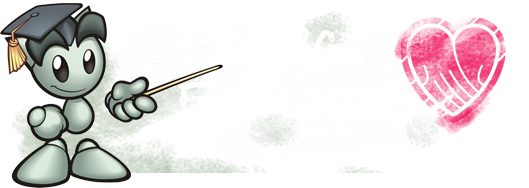As part of Poetry Forms week at projecteducate, we wanted to go into a bit of detail regarding some of the more well-known Eastern forms of writing. The same way there are many forms of Western poetry, there are many forms of Eastern poetry, and ultimately this article will barely begin to scrape the surface of even the forms that it actually touches on, but within this article, there are links to resources that delve further into the subject matter, and all are worth reading if the subject interests you.
Haiku & Senryu
Haiku, in the classical Japanese sense, is a small poem comprised of 17 characters known as on (sometimes onji). These characters each represent one unit of sound, and each unit of sound has its own meaning which then contributes to the overall haiku. The 17 on are split into phrases of 5, 7, and 5, which is where the most commonly known notion of the haiku in the modern world comes from.
However, what this fails to take into account when writing haiku in English is the fact that syllables are not particularly comparable to on. Although syllables are one unit of sound the same way on are, syllables in English do not have full meanings of their own the way that on do. Because of this, English haiku has generally moved toward overall brevity, rather than sticking to a syllabic structure.
Read more:Regarding subject matter, haiku generally focuses on elements of nature, while senryu (which has the same structure as haiku and is generally quite similar, when it comes to English) focuses more on human nature. These are both very broad statements, however, as haiku can often incorporate elements of human nature, and senryu can include natural elements as well. It is frequent to see a mixture of both elements within one poem, and because of this, it is not uncommon to see haiku and senryu displayed together in collections, rather than separately.
Meguriau

復ち返る出会いと別れ花の下
ochikaeru deai to wakare hana no shita.
Again and again we meet and part under the sakura blossoms.
Senryu Series 111.
election day
choosing the devil
I know
2.
first date
her parents question
our future
3.
road trip
the kids unpack
a squabble
4.
massage therapy
another old knot
of heartbreak
5.
deep recession
I add more spice
to the ramen
6.
televangelist
available on Itunes
salvation
7.
job well done
from the boss...
blue moon
8.
18th birthday
a postcard
from the army
9.
cemetery
even here
the poor section
10.
midnight diner
everyone feeds
the jukebox
11.
haunted house
we let the youngest
go first
Tanka
Tanka is another form of poetry built using on, and in many ways it resembles haiku and senryu insomuch as tanka will generally begin by focusing on an image and then turn to the emotion or thought of the speaker, or vice versa. Tanka are traditionally comprised of 31 on, with the first phrase having 5 on, the second 7, the third 5, and the fourth and fifth having 7. From the English standpoint, this is (much like haiku) commonly mistranslated as meaning 5-7-5-7-7 as a strict syllabic rule per line, but once again, because syllables are not equivalent to on, it's generally more prudent to focus on brevity, rather than syllable count.
:thumb82802875:
One Last Star no moon to be found
in the predawn twilight,
but one last star —
somewhere in the distance
a robin's lilting call
A common technique in tanka that may or may not be present in haiku/senryu is a pivot point, usually (though not necessarily) occurring in the third line of the poem, which juxtaposes the image being presented in the poem with the emotion being presented in the poem. When done correctly, a pivot point will often connect the two sections of the poem through a contrast of idea or image.
Read more:Haikai no Renga
Renga began as a game of sorts, a collaborative effort between multiple poets who would start with a phrase (sometimes its own haiku, sometimes two lines, usually paradoxical in nature) and would then, one by one, write haiku on it. The first haiku written would be a response to the starting phrase, the second would be a response to the first response, the third would be a response to the second, and so on, until the poet who created the original would decide to end the renga, at which point all of the haiku written in response would comprise the renga.
Apocalyptic Mantra(A Collaboration)
seals drawn to
plastic rings
floating in the tide
rats
crossing clothes lines
between the lofts
breath of prayers
still warm in the drifts
of cold war
hijacked plane
passing overhead
farmers wave
new constellations
missiles
on a midnight mission
shades of
Krishna robes
nuclear sunset
nothing left to regret
the holocaust
of a toxic horse
Let's Play!
Having just gone over a bit of the basics to the game that is Haikai no Renga, it seems entirely fitting to end this article by starting off a round! I'll leave a starter in the comments of this article for people to reply to, but you're also welcome to start a new renga tree of your own in the comments as well. If you have any questions, you are more than welcome to ask here, and if you're looking for more reading to do on haiku, you can also check out this interview that BeccaJS did with Jade-Pandora and moyanII!




